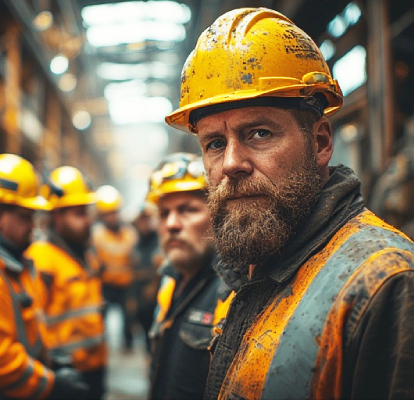
In an era of rapid technological advancement and evolving societal risks, the concept of personal safety extends far beyond simple vigilance. SafeNsure: Body Protection embodies a holistic approach to preserving physical integrity, blending technology, informed practices, and social awareness to minimize threats and maximize resilience. Whether addressing everyday hazards, occupational exposures, or targeted assaults, the principles underpinning SafeNsure emphasize prevention, preparedness, and ethical application.
Prevention begins with situational awareness and risk assessment. Individuals and organizations must first understand the environments in which they operate and the specific threats that could arise. For example, healthcare workers face biological risks while construction workers contend with falls and equipment hazards; urban commuters may encounter petty crime or road dangers. A thoughtful assessment examines not only the likelihood of harm but also the severity and frequency of potential incidents. This analysis informs realistic, cost-effective measures tailored to the context—ranging from physical barriers and ergonomic design to scheduling changes that reduce exposure to peak risk periods.
Why Choose Our Services
Engineering controls and protective equipment form the next line of defense. Advances in material science and wearable technology have expanded the options for body protection, offering lightweight, durable, and multifunctional solutions. Personal protective equipment (PPE) such as helmets, cut-resistant gloves, and respirators remains indispensable in many settings; however, innovations like smart fabrics that regulate temperature, embedded sensors that detect impacts or chemical exposure, and exoskeletal supports that reduce strain are redefining what protection can accomplish. For organizations, institutionalizing standards for procurement, maintenance, and proper use of protective devices is essential—equipment is only effective when chosen correctly and used consistently.
enhanced efficiency
Training and human factors are equally critical. Protective systems fail when users lack the knowledge or motivation to employ them properly. Comprehensive training programs should combine technical instruction with scenario-based drills that cultivate instinctive responses. Emphasis on ergonomics and behavioral safety encourages practices that reduce cumulative harm—such as proper lifting techniques, rest schedules, and methods for de-escalating confrontations. Importantly, training should be inclusive and culturally sensitive, recognizing that communication styles, physical abilities, and access to resources vary across populations.
improved precision and quality
Policy, regulation, and ethical considerations shape the environment in which body protection measures are developed and deployed. Governments and regulatory bodies set minimum standards for workplace safety, product certification, and emergency response; adherence to these standards provides a baseline of protection and accountability. At the same time, ethical questions arise when protective technologies intersect with privacy, autonomy, or discrimination. For instance, wearable sensors that monitor physiological states can enhance safety by alerting to fatigue or exposure, but they also collect sensitive personal data that must be managed transparently and securely. Policies must therefore balance safety benefits with respect for individual rights and ensure equitable access to protective resources.
increased flexibility
Community engagement and social support systems amplify the effectiveness of safety initiatives. Neighbors, coworkers, and institutions form networks that can identify vulnerabilities and respond to crises more swiftly than isolated individuals. Public education campaigns that raise awareness about prevention strategies, first aid, and reporting mechanisms empower communities to act collectively. Moreover, fostering a culture that destigmatizes seeking help—whether for mental health, domestic violence, or workplace injury—ensures that protection encompasses both visible physical threats and subtler sources of harm.
safety and risk reduction
Finally, resilience and continuous improvement are central to SafeNsure’s philosophy. Threats evolve, as do technologies and social behaviors; accordingly, protective strategies must be reviewed and updated regularly. Data-driven evaluation—using incident reports, near-miss analyses, and user feedback—identifies weaknesses and guides iterative enhancements. Investment in research and cross-disciplinary collaboration accelerates the development of innovative solutions while informing best practices.
Planning & strategy
In conclusion, SafeNsure: Body Protection is not merely about donning equipment or adhering to rules; it is a comprehensive, dynamic system that combines prevention, engineered safeguards, education, policy, community, and continuous learning. By adopting an integrated approach that respects individual dignity and leverages technological progress responsibly, societies can significantly reduce harm, enhance confidence in daily activities, and build more secure environments for everyone.
- needs assessment
- Timeline and Milestones
- Feasibility and ROI
- Technology Selection
- Process Optimization
- Scalability Planning


Frequently asked questions
We implement rigorous quality control measures at every stage of production, ensuring consistency and high standards.
We implement rigorous quality control measures at every stage of production, ensuring consistency and high standards.
We implement rigorous quality control measures at every stage of production, ensuring consistency and high standards.
We implement rigorous quality control measures at every stage of production, ensuring consistency and high standards.
We implement rigorous quality control measures at every stage of production, ensuring consistency and high standards.
